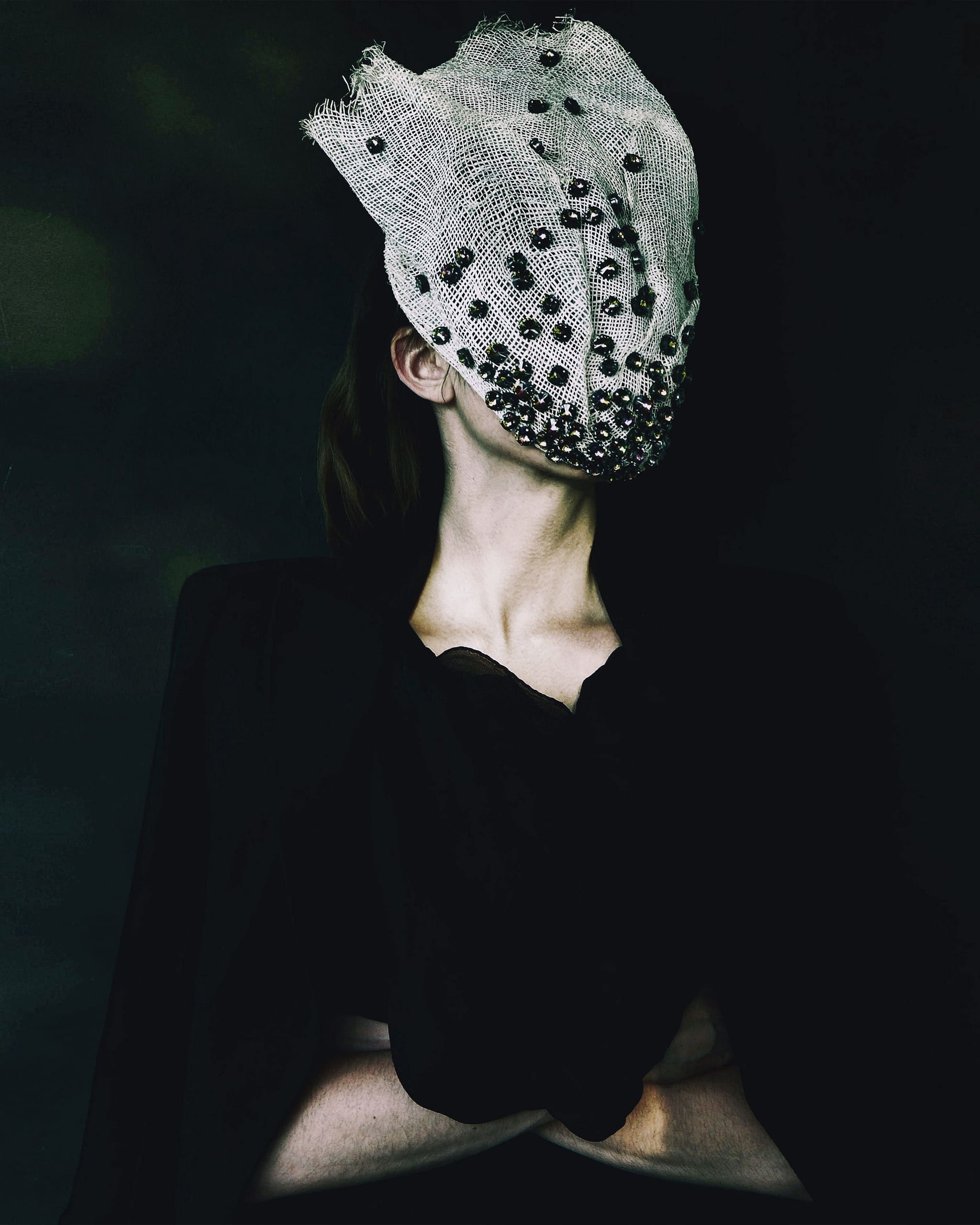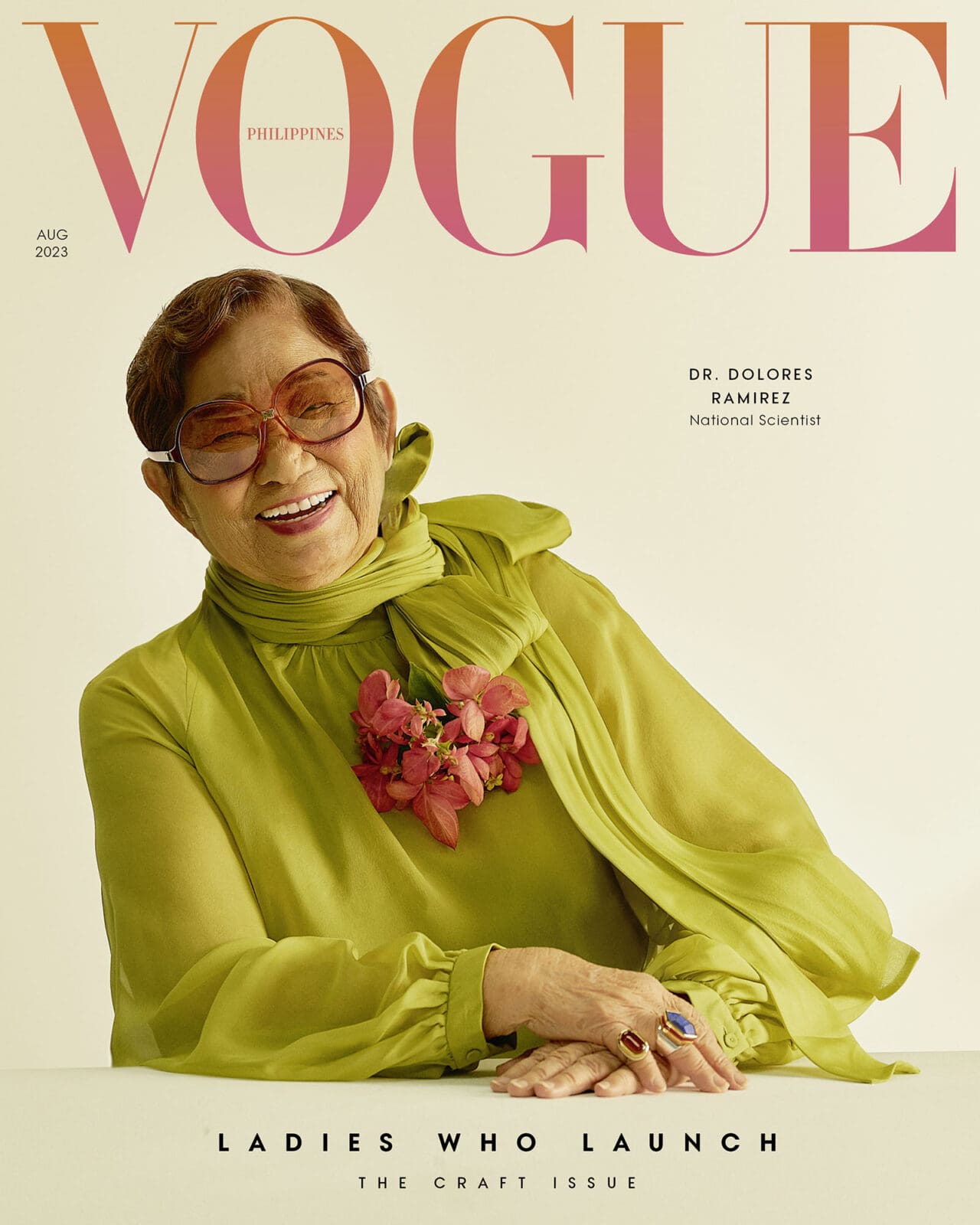Photograph by Sarah Klose
“Liberation from bias is exhilarating.”
The word “craft” (in rabbit ears) is typically assigned to things thought to be rather- but-not-quite art. For example, “craft” is a “tribal” ikat-dyed textile while art is the Picasso or Warhol. Rather, Art, capital A.
Craft on the other hand is inevitably spelled with a lower-case c. The asymmetrical hierarchy between A and c has been well established since the Renaissance. Not only in the Euro-American world. Few notice A’s unremarked assumption of superiority to the inferiority of c.
Still, there’s always the vexing foils to the A/c binary. The Costume Institute exists imperiously within the Metropolitan Museum of Art in New York City, magisterially indifferent to silly ideas about fashion as not-art. That fashion is some kind of “craft” has long ago yielded to reason.
Jewelry sculpted by expatriate Duddley Diaz or by the late National Artist Arturo Luz cannot be contained by the small c. Gabriel Barredo’s chairs exceed the confines of this duality; certainly, the category of furniture cannot be adequate. And so do the oeuvres of Kenneth Cobonpue and Lor Calma escape such confinement. The word Art fits securely in these cases.
There’s also the matter of global admiration. Fabulous Bagobo ikats are connoisseurs’ prizes anywhere; Philippine paintings, nowhere near matching the international regard for the work of virtuoso dyers and sculptors from traditional societies. Listen, the catalog prizes for the classic Ifugao bul-ul figures on auction—recall that one bul-ul was purchased by an unknown bidder at a Sotheby’s auction a few months ago for PHP33 million—belong to a stratosphere rarely reached by Filipino Modern and contemporary artists.
Hence, for the Philippines in relation to global art markets, gentle parody is begged: c is C and the A is a? Or, more accurately, c is pointless if used as a category. A is everything created to transcend the quotidian. And the word craft can simply be used as a description of how something was fashioned, expertly or not.
Like, the craft of making da Vinci’s “Mona Lisa” was examined in the doctoral dissertation of…
Like, the installation at the Palais de Tokyo exhibits rigorous craftsmanship of thinking…
Like, the economy of means of the bul-ul sculptor embodies sublime craftsmanship of artistic possibility…
Like, the paltry craftsmanship of the play’s scenography is unfortunate…
The small c remains useful. Indispensable in writing projects to describe process, this c is the all-purpose threshold for grasping repoussé, ikat, granulation, twilling, watercoloring, impasto, braiding, carpentry, metalsmithing, installation, embroidery, and indeed, song, drama, and the entire range of musical instrumentation. And so forth. The craftsmanship of poetry. Of modern ballet. Of an epic chant.
Meanwhile the word Art is enriched on-and-on as it recognizes and absorbs, not only ever-renewed versions of old forms of virtuosity—achieved through performances of craftsmanship—but the entire systems of creation. The Art machine consumes relentlessly: baskets, clothing, weapons, jewelry, houseware, houses, shoes, musical instruments, found objects, cars, boats, toys, all sorts of vessels, and literally the kitchen sink. Baptizes these Art—notoriously with Duchamp’s urinal in the gallery—and opens up precincts previously reserved for painting, sculpture, and architecture.
Art is promiscuous and hungry. It minimally requires provocative or compelling concept and execution.
Maximally, Art is not a thing but a system of relations. But this is for another article. Enough to qualify here that there is always bad and mediocre and superb Art, and everything in between. A studio potter’s stoneware vessel and a palayok are equally Art, but of either kind, some are well-done; some, unsuccessful. Some, not fit to drink from. Any painting is Art, but some are best called out as outright ghastly. Some, exquisite. Some, life changing.
For now, liberation from bias is exhilarating enough. Recognizing that Philippine glass beadwork will not be sequestered in that little c, frees anyone from stubborn 19th C categories. Appreciating that an installation or conceptual artwork can be such a mess without craftsmanship of thought—and extraordinarily thought out in such compositions as José Maceda’s or Ang KiuKok paintings—is quite a release from prisons of the mind.
For the Philippines, a respectful regard for tnalak as belonging to a rarefied class of dyeing techniques of the world, might dissuade folks from scissoring it into tsinelas (tsinelak?) or, shivers! costumes. An eye for the refinement in brass casting the atypical hexagonal kulintáng gongs will have a matching ear for sophisticated Maguindanao music. A sense of awe for the Art—capital A—of tiny granulations in gold jewelry might persuade Filipinos to export such fine art instead of raw gold.
Breaking loose of the restraining A/c binary will reward the audacious with aesthetic pleasure so voluptuous, it will recreate Filipinos!

